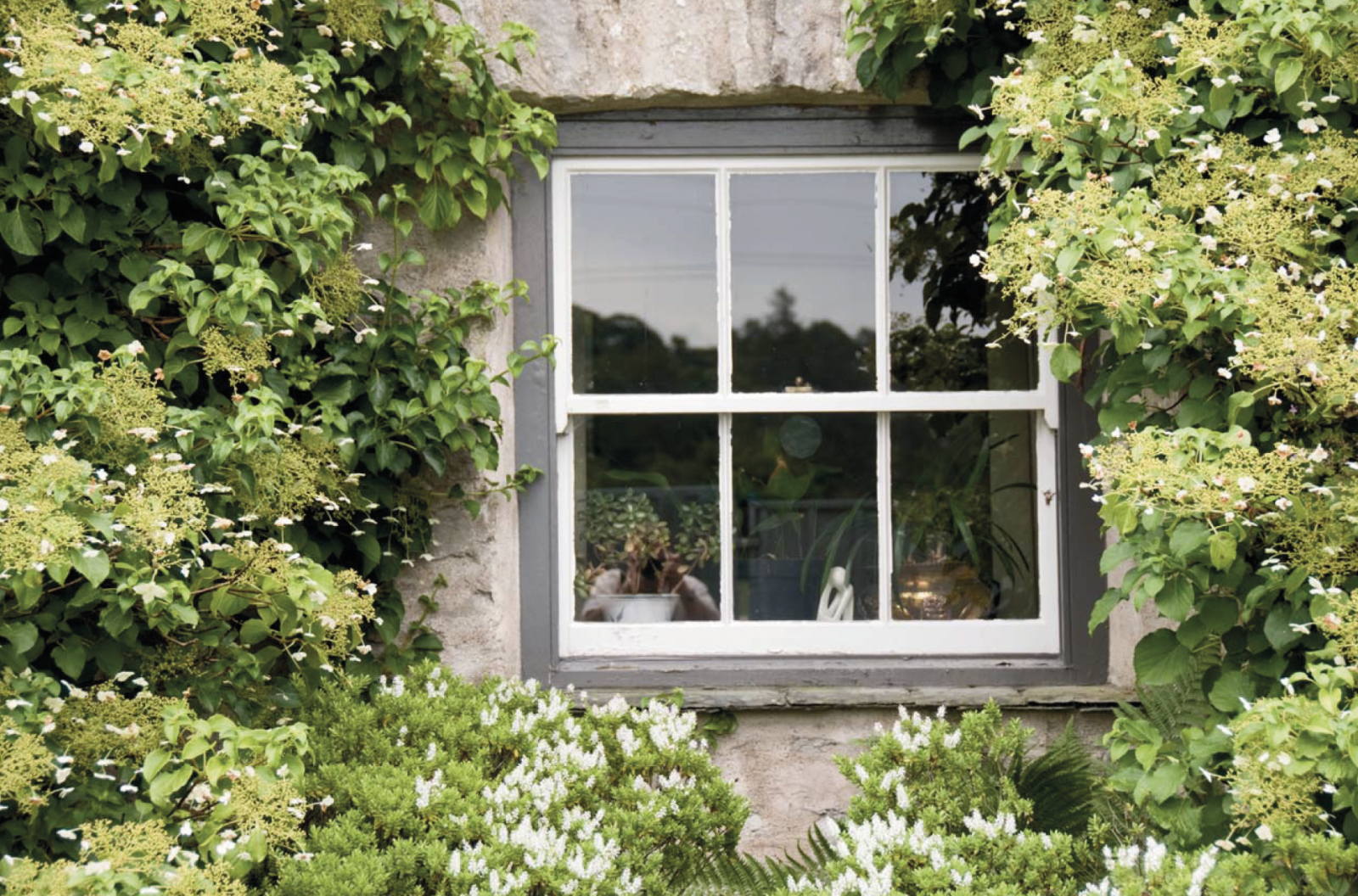Revolutionising timber with vacuum glazing

Rob Page, sales director at SafeGuard Glass and Glazing, discusses why timber and vacuum glazing should be the partnership that is signed, sealed, delivered in 2025.
The push for sustainability in construction has never been stronger. Timber has long been valued for its natural beauty and eco-friendly credentials, but it faces stiff competition from alternatives marketed as low-maintenance and high-performing.
To stay ahead, timber manufacturers must combine their timeless material with cutting-edge solutions. Vacuum glazing offers a high-value opportunity to deliver the performance and sustainability today’s customers’ demand.
What makes vacuum glazing the perfect partner for timber? Vacuum glazing is an innovation that uses two or more panes of glass separated by a vacuum gap. This creates exceptional thermal and acoustic insulation without adding bulk, making it ideal for timber frames.
Unlike traditional double or triple glazing, which often requires thicker, less elegant frames, vacuum glazing preserves the slimline look that makes timber so appealing.
For timber fabricators and installers, this means you can deliver products that combine classic craftsmanship with cutting-edge performance, enhancing both form and function. So, what is it that means vacuum glazing makes sense for timber applications?
Superior energy efficiency
With U-values as low as 0.47W/m²K and up to 80% light transmittance, vacuum glazing dramatically reduces energy loss while maintaining a bright, natural appearance. Combined with timber’s inherent insulation, this ensures homes and buildings stay comfortable year-round, reducing energy bills and carbon footprints.
Noise reduction
In busy urban settings, noise pollution is a major concern. Vacuum glazing achieves noise reduction levels of up to 41 dB, ensuring quieter, more serene indoor environments. This feature is especially attractive for city-dwellers and commercial developments.
Slim profiles
For retrofitting older buildings, vacuum glazing’s slim profile is a game-changer. It’s often the only way to improve energy efficiency without compromising the historical look of timber windows and doors, making it ideal for conservation areas.
Durability and sustainability
Vacuum glazing is toughened as standard, resists condensation, and has a life expectancy exceeding 25 years, backed by a 15-year warranty. Fully recyclable and lead-free, it pairs seamlessly with FSC-certified timber to create a genuinely sustainable solution. For fabricators, its lightweight design also simplifies transportation and installation.
Eco-conscious homeowners want the best of both worlds: sustainability and style. Timber frames with vacuum glazing deliver on this, plus energy efficiency, making them a top choice for high-end homes.
If you look further to heritage and conservation projects, many planning authorities insist on timber frames for listed buildings and conservation areas. Vacuum glazing ensures these projects meet modern energy standards while maintaining their period charm.
Then of course you can turn your attention to commercial spaces. From offices to hotels, vacuum glazing adds energy efficiency, noise control, and an upscale look, providing a winning combination for commercial clients.
Timber fabricators aiming to incorporate vacuum glazing need a reliable, knowledgeable supplier. SafeGuard’s expertise in glass processing and commitment to sustainability make us an ideal partner with our glazing solutions.
The integration of vacuum glazing into timber windows and doors is a smart solution that combines tradition with innovation. Timber fabricators can address growing demand for sustainability, energy efficiency, and high performance, while still offering the timeless appeal of natural wood.
By partnering with SafeGuard, you gain access to cutting-edge glazing technology and expert support, ensuring you stay ahead in an evolving market. As the construction industry continues its shift toward net-zero carbon, timber with vacuum glazing stands out as a premium, sustainable choice.